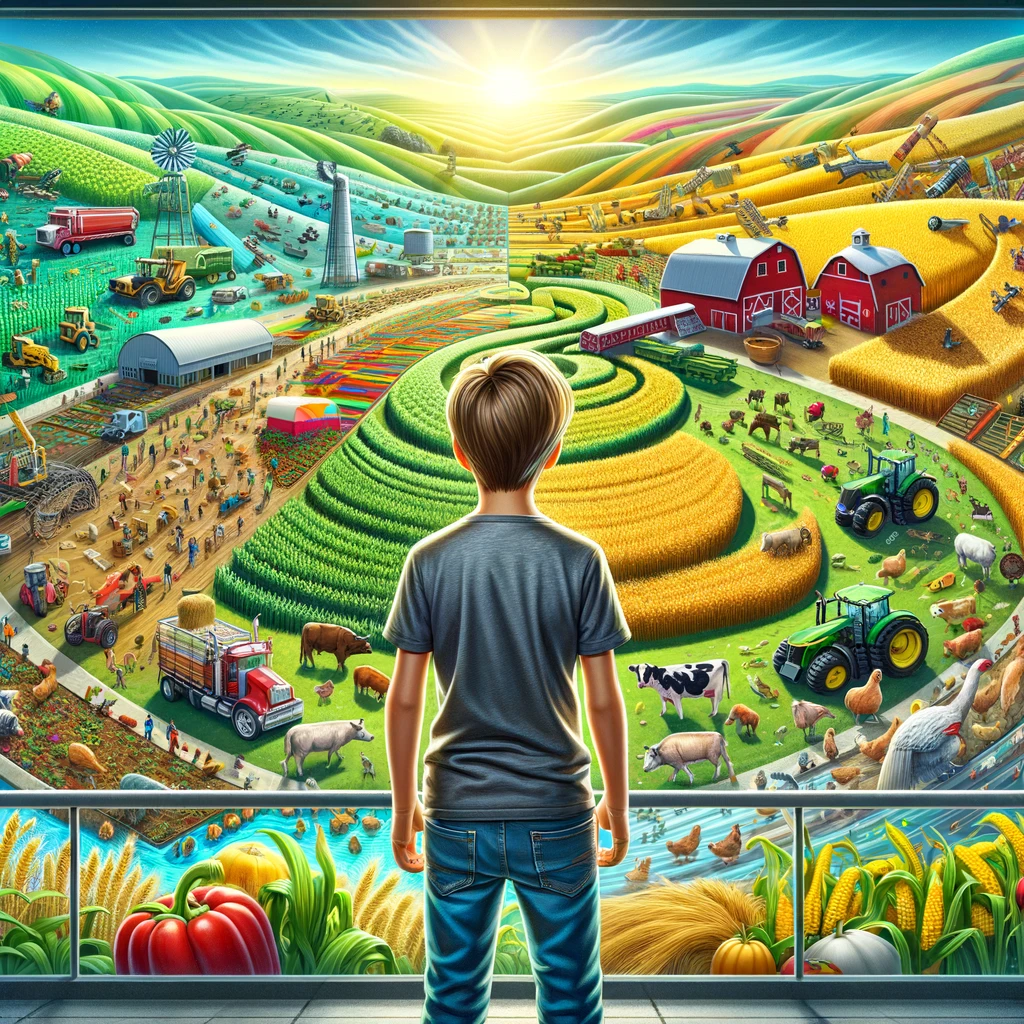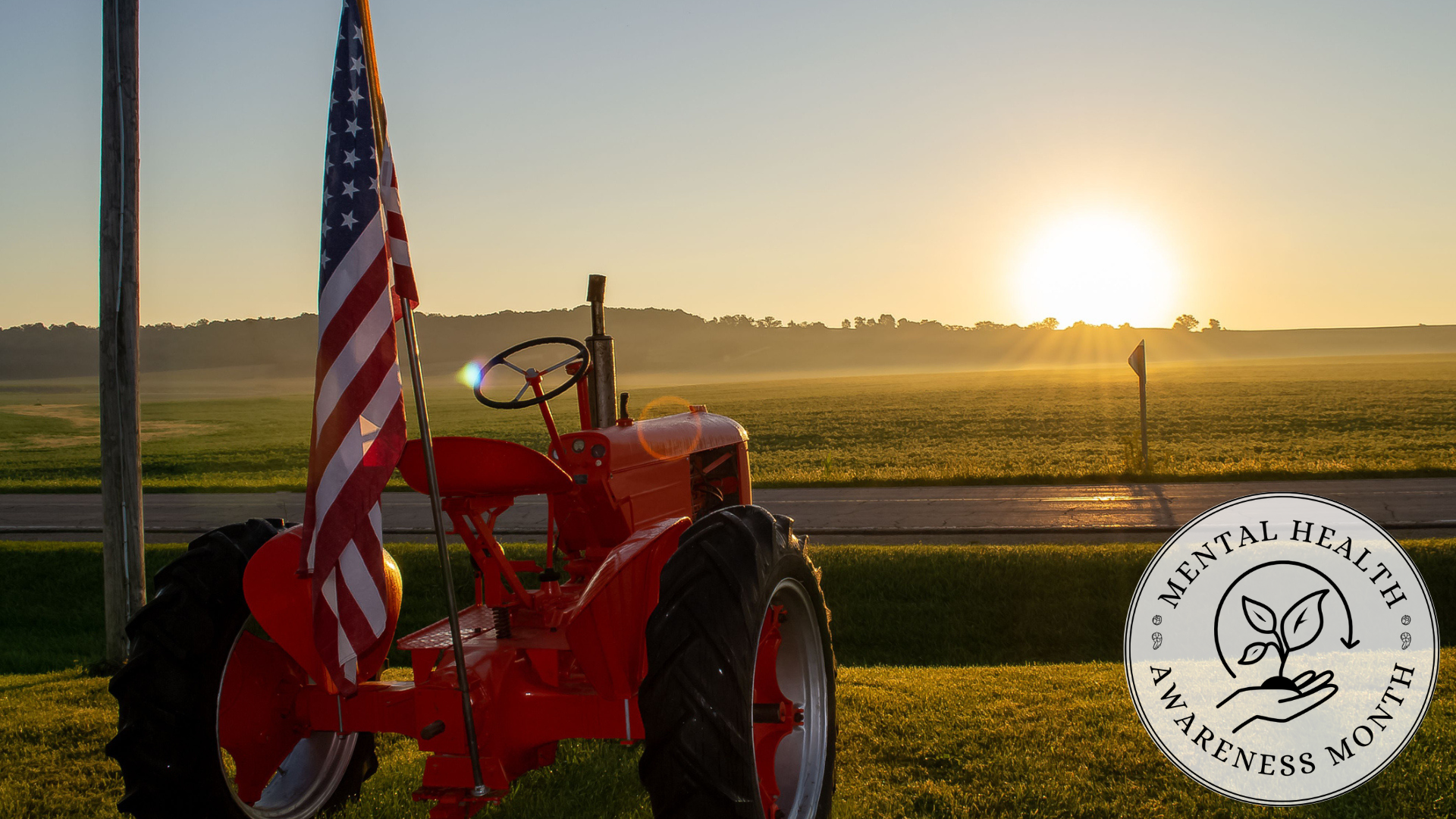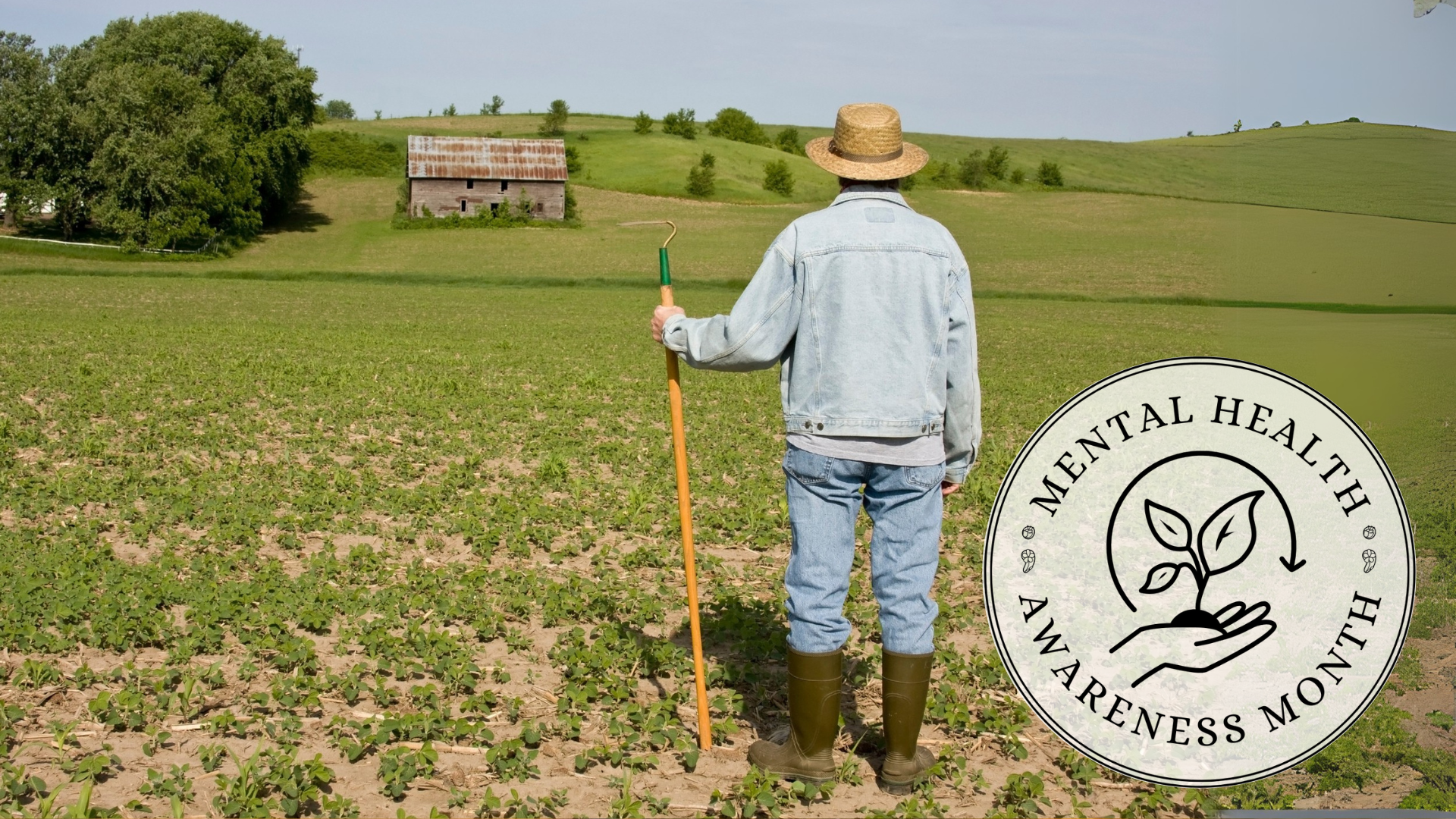Related Articles
Senate Bill 5813 would require every school district to make at least one agricultural literacy class compulsory for all students between seventh and 12th grades. The bill notes that less than 2 percent of Washington state’s population lives on farms and laments, “the knowledge of agriculture has waned in the general population.”
Many, but not all, schools throughout the state offer voluntary participation in agricultural education classes and the FFA program (formerly Future Farmers of America). SB 5813 would require every student in Washington state to take at least one class covering “how the agricultural industry works including where food comes from, who grows it, agriculture’s effect on the economy, the environment, technology, and lifestyle, and its relationship to livestock.”
Agricultural classes are an opportunity for students to explore the complexities of food production with high-level discussion that touches on science, communications, socioeconomics, and more. The legislation may also create a new wave of interest in agricultural careers beyond the tractor seat – GPS programming, autonomous tractor design, and robotic picking machines, are all agricultural careers that have growth potential.
Regulations, the cost of operating, and age have become significant factors in farming operations with some family farms being sold to larger farming corporations or to developers rather than having their legacies maintained. Providing a new generation of young people from non-farm backgrounds with foundational learning in agriculture may reverse that trend and spur interest in reinvestment in food production on a family farm scale.
The only thing missing from the bill is a standard for what agricultural literacy means. While the bill cites what issues teachers should cover in their curriculum, there is no standard for where that information comes from.
If you Google “definition of agriculture” more than 1 million results appear. The Oxford Dictionary defines agriculture as “the science or practice of farming, including cultivation of the soil for the growing of crops and the rearing of animals to provide food, wool, and other products.” Merriam-Webster defines agriculture as “the science, art, or practice of cultivating the soil, producing crops, and raising livestock and in varying degrees the preparation and marketing of the resulting products.”
So, when asking school districts to create curricula around agricultural literacy, specifically around “how the agricultural industry works including where food comes from, who grows it, agriculture’s effect on the economy, the environment, technology, and lifestyle, and its relationship to livestock,” perspective, source material, and delivery are crucial.
An instructor who grew up on a farm but found a passion for teaching might build a lesson plan steeped in information from the U.S. Department of Agriculture, American Farm Bureau Federation’s Foundation for Agriculture, the American National CattleWomen’s Ag in the Classroom – Beef Education, and more. An instructor with a negative perspective of agriculture may not present a literacy curriculum steeped in educational language but rather one steeped in rhetoric and misinformation.
Opening a broader discussion of agriculture with every student in Washington state is a noble cause. Ensuring that discussion is informed with facts and science is the only way in which we can give our young people an understanding of their food producers.
Schools and students are as unique as the farms that dot our state. A standard “skeleton” curriculum could easily be created to give a roadmap to instructors. How teachers flesh out the concepts from that basic structure can, and should, be left up to them.
As we move farther – literally and figuratively – from our food sources and producers, it becomes more urgent to reintroduce each successive generation to what it means to be in the business of agriculture. Providing foundational literacy in agriculture may save our state time, money, and, ultimately, the local food supply by giving students basic instruction about where their food comes from.






